Yarn weight terminology can be confusing; not all yarn manufacturers use the same language. Some of the language doesn't tell you much about the weight (for example, while "fine" tells you the yarn is thin, "sport" doesn't tell you much unless you are familiar with the category standards). Some of the words mean more than one thing. For example, "baby" weight doesn't mean you can only use it for baby clothes, and "worsted" can refer both to the weight of the yarn and how it's plied.
The Craft Yarn Council, which is based in the US, has put together a sensible yarn weight categorization system that many yarn manufacturers use. However, you will still see yarn labels that use the "ply" terminology, which is typically used by UK and Australian yarn makers. The "ply" system probably meant something more specific in another era of yarn manufacturing; these days yarn is made all over the world by all sorts of processes, and a ply does not have a standard thickness.
When choosing yarn, check your pattern first. It will tell you the Gauge you need. That is your starting point to figuring out what yarn weight you need. The pattern may also, helpfully, tell you what weight you need. However, yarn weight standards are not used consistently, so if you're not certain, go by gauge.
Here is a table that is sorted by Yarn Weight Category (as defined by the Craft Yarn Council). For each category, I have also collected some of the alternate terminology, including the UK ply standards, that you might see on the yarn label.
* Often, finer yarns are used for lace knitting on larger needles than listed here. Your gauge in lace knitting will not be the same as your gauge in stockinette (stocking) stitch.** There are two finer weights, Thread and Cobweb, not included here. They are typically used with more than one strand together.Yarn symbol image source: Craft Yarn Council.Ravelry's huge user-maintained yarn database is also very helpful in determining yarn weight; here is their help page for yarn weights.
| Symbol | Category Name** | Might be labelled | Gauge rangeSts per 4 inches | Needle rangeUS | Needle rangemm | Typical yardageper 50g |
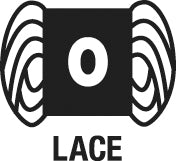 |
Lace | Light Fingering, Fine, 2-ply | 33–40* | 000–1 | 1.5–2.25 | 440 |
 |
Super Fine | Sock, Fingering, 3-ply, 4-ply | 27–32* | 1 to 3 | 2.25-3.25 | 230 |
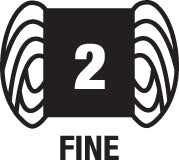 |
Fine | Sport, Baby, 4-ply, 5-ply, 6-ply, Light DK | 23–26 | 3 to 5 | 3.25-3.75 | 180 |
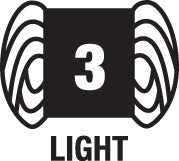 |
Light | DK, Light Worsted, 8-ply | 21–24 | 5 to 7 | 3.75-4.5 | 150 |
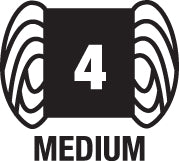 |
Medium | Worsted, Afghan, Aran, 10-ply | 16–20 | 7 to 9 | 4.5-5.5 | 110 |
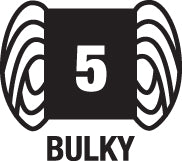 |
Bulky | Chunky, Craft, Rug, 12-ply | 12–15 | 9 to 11 | 5.5-8 | 50 |
 |
Super Bulky | Bulky, Roving, Super Chunky | 6–11 | 11 and up | 8 and up | 40 |